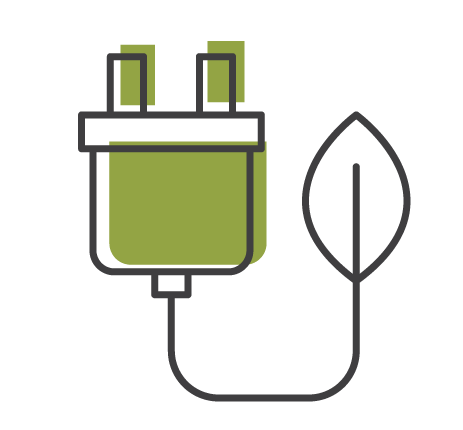Nuclear disasters: the long-term effects
- Published:
 Workers position bags of radioactive waste at a temporary waste storage site in Naraha, just outside the exclusion zone surrounding the Fukushima Dai-ichi nuclear plant in Japan. (AP Photo/Greg Baker)
Workers position bags of radioactive waste at a temporary waste storage site in Naraha, just outside the exclusion zone surrounding the Fukushima Dai-ichi nuclear plant in Japan. (AP Photo/Greg Baker)
This 11 March marks the 5 year anniversary of Fukushima and on 26 April, the 30 year anniversary of Chernobyl; both nuclear disasters that affected, affect, and continue to affect the land and people in these spaces and beyond. As Greenpeace, who commissioned a report that examines the continued radioactive contamination in these areas, writes: “These scars are still with us today and will be with us long after tomorrow.”
Whilst these nuclear disasters are downplayed because there are few direct deaths associated with them, the report shows that this is only the pinnacle of the catastrophe set in motion by these two events. The effects cannot only be measured by the direct impacts like deaths, but also by the many intangible but very real effects of displaced communities and the contaminated swathes of land that continue to be radioactive many, many years after the visible signs of the disaster have been dealt with.
To quote Greenpeace, “This report seeks to clarify how governments, reactor operators and nuclear regulators were unprepared to deal with not only emergency evacuations immediately after the accidents, but with the long-term management of hundreds of thousands of displaced persons, as well as with the contaminated communities and agricultural lands.”
The huge difficulty with nuclear is that its consequences are quite unimaginable to us as we are dealing with something that is in many ways intangible: contamination is invisible to all our senses - we cannot taste, touch, hear or smell it – and spans a timeframe we cannot even grasp.
Hedley Twidle in his piece, "Power trip: where will Zuma's nuclear dreams take us?" takes us on an interesting thought experiment:
"To even begin to conceive of what the nuclear option means, you have to abandon opinion pieces, leave “rational” argument and enter the realms of speculative fiction. In 2116, 100 years from now, will the people required to take care of the waste of Koeberg (or Thyspunt, or Schulpfontein, or Duynefontein) understand what they are being asked to do, and why?
Will they have the technology to do it, and the money? Will they still be filing progress reports to a nuclear regulator? What language will be spoken here? Will those two grain silos still be there at the water’s edge, or will they be drowned by rising sea levels?
What about in 3016? Will “South Africa” still exist? Will there be any remnant of the national road system along which the dry casks will (supposedly) be transported to their final resting place at Vaalputs?
Will there be any trace of the companies that profited from the nuclear furnaces, after all the CEOs and the PAs and the PRs and the shareholders and their children’s children’s children, unto the 20th generation, are no more than ash on the wind?
Let’s go one further. What about 10,000 years from now?
Can any symbol or sign system speak across so many millennia of unstable above-ground conditions? And even if the hominids of 12016 AD do understand the warnings about a slow poison buried deep in the desert, will they heed them?"
This is the kind of long-term thinking that we need – that was needed before Chernobyl and then Fukushima took place – and that is sorely lacking as is shown in Greenpeace’s report as well as in the South African government’s relentless pursuit of nuclear.
Let us not make the same kind of mistake and then sit with consequences that we simply do not have the capacity to deal with. Join us in holding the South African government to account on this matter by donating to our nuclear court case. We can win this if we all stand up to the thoughtless nuclear path our government has embarked on.
And it does not end there. We need to speak out against nuclear as it is intimately connected to the threat of uranium mining that our beautiful Karoo is facing. SAFCEI's Science Advisor, Dr Stefan Cramer, is working hard to make sure due process is being followed, as much of this has happened quietly without the public knowing and being able to participate. Join us by submitting your opposition to uranium mining - the deadline is 15 March!
For more ways on how to help, contact sarah@safcei.org.za or louisa@safcei.org.za
You can now also donate to our work through Snapscan:

Who we are
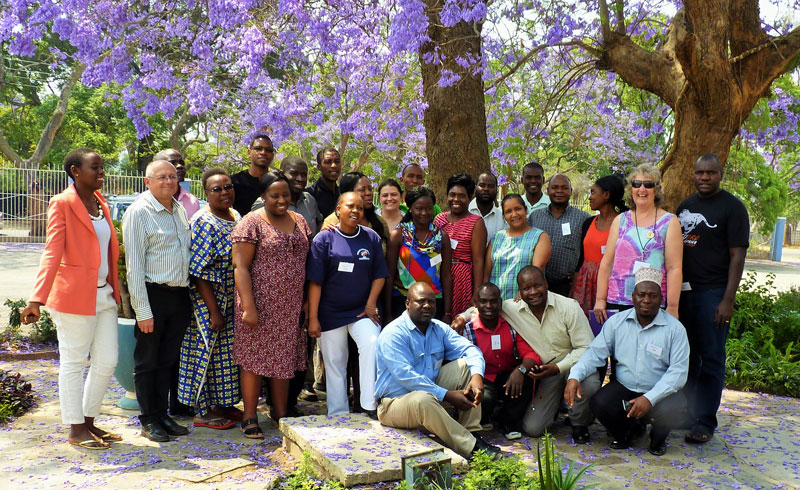
SAFCEI (Southern African Faith Communities’ Environment Institute) is a multi-faith organisation committed to supporting faith leaders and their communities in Southern Africa to increase awareness, understanding and action on eco-justice, sustainable living and climate change.
Featured Articles
-
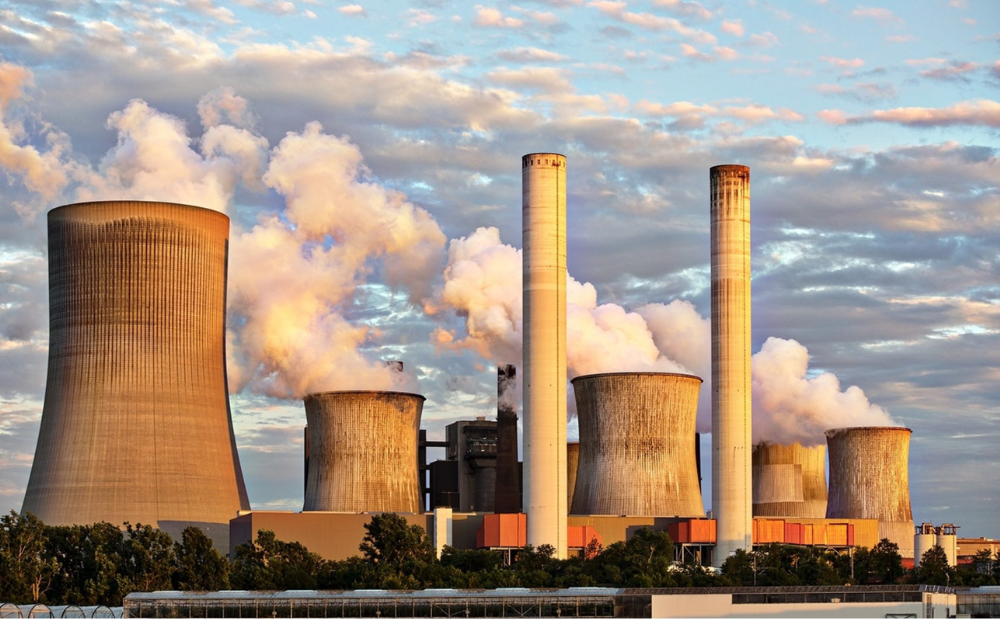
South Africa: Who Ends Up Paying If DMRE Cooks the Price of Nuclear Power?
-
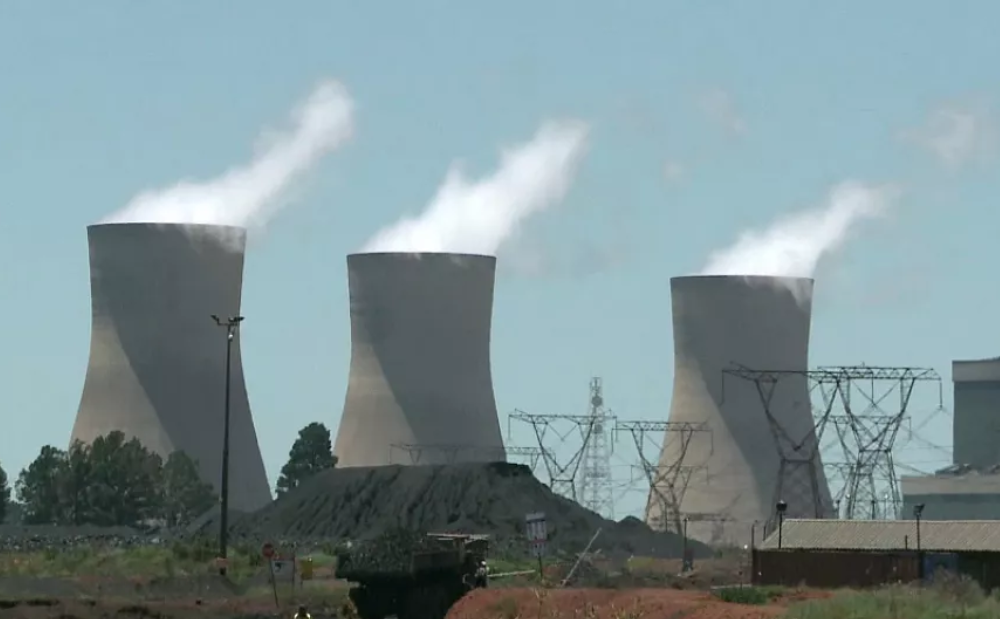
South Africa’s nuclear energy expansion plans continue to draw criticism, environmental NGOs chew over legal challenge
-

Earthlife Africa and SAFCEI respond to latest unsettling nuclear news regarding the ministerial determination
-
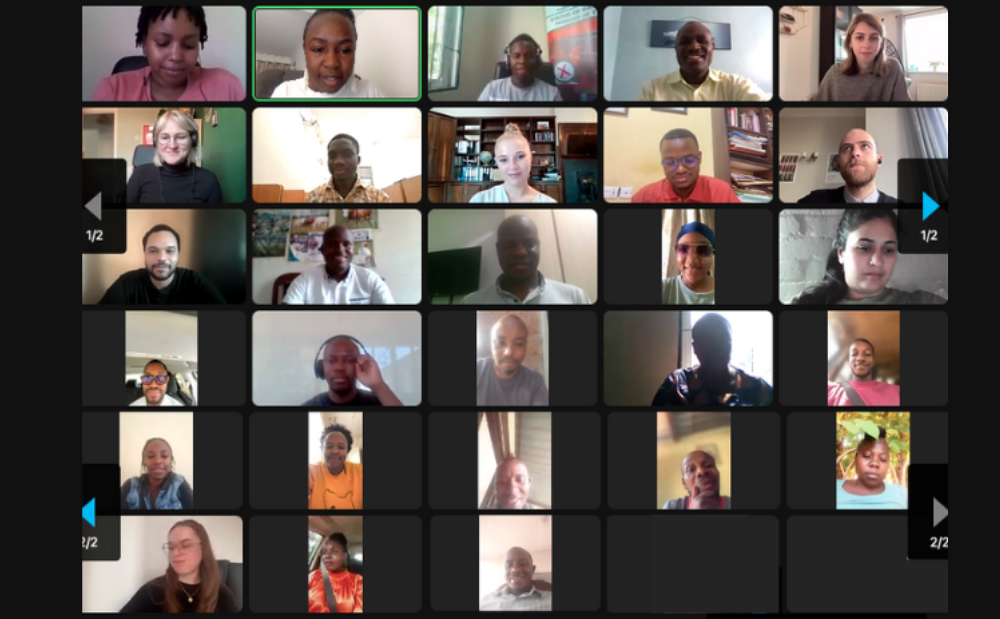
Open Wing Alliance Africa (Virtual) Summit 2023
-
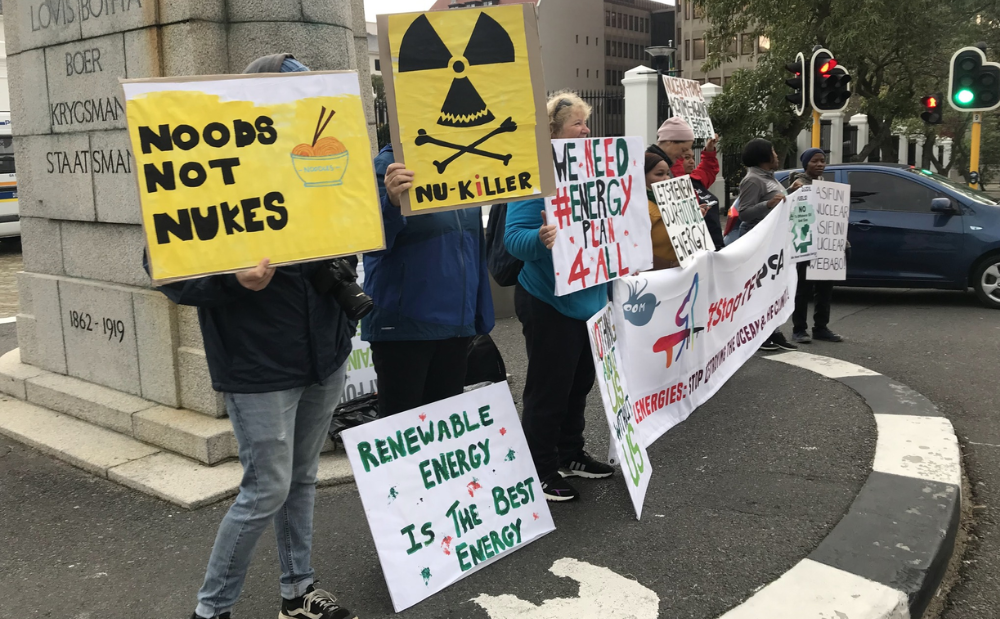
The Green Connection and SAFCEI respond to energy minister's divisive and deflecting comments
-

Job Vacancy: FLEAT Coordinator


